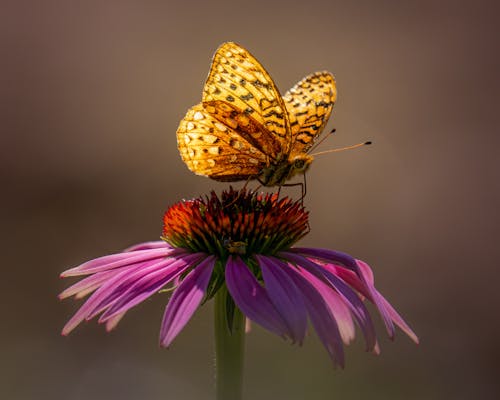
What a Warmer Fall Means for Local Pollinators
• Warmer fall temperatures disrupt the natural rhythms of pollinators.
• Extended activity periods weaken pollinators, reducing their winter survival chances.
• Mismatches between plant blooms and pollinator activity can impact food availability.
Unseasonably warm fall disrupts pollinator populations
A warmer fall season in the United States has significant implications for local pollinator populations. As temperatures remain unseasonably high, the natural rhythms that govern the lives of bees, butterflies, and other crucial pollinators are disrupted. This can lead to a cascade of ecological effects that impact both the pollinators themselves and the plants they depend on.
Related News